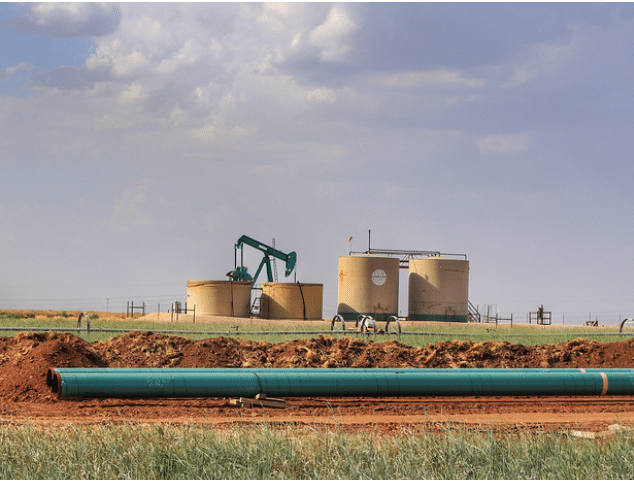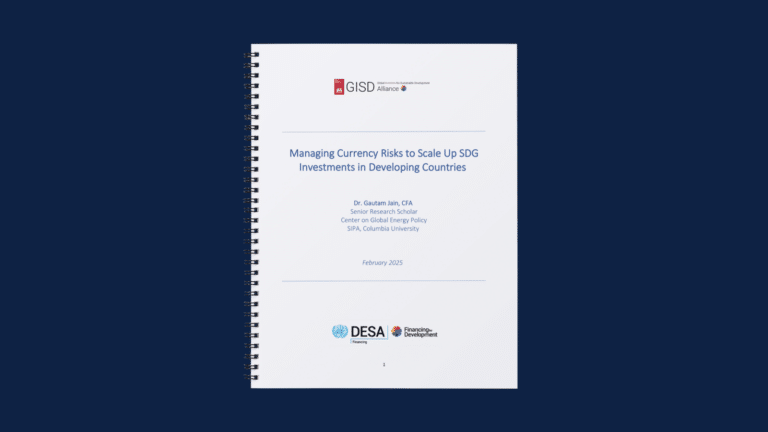Experts: What do Trump’s tariffs mean for global climate action?
The Trump administration has imposed tariffs on all imports from China, Mexico and Canada, as well as on steel, aluminium and cars from around the world
Current Access Level “I” – ID Only: CUID holders, alumni, and approved guests only
Reports by Noah Kaufman • July 17, 2018
Climate change is a serious threat to global progress and stability. Actions to reduce greenhouse gas (GHG) emissions and stabilize global temperatures can avoid impacts of climate change on human health, the economy, national security, and the environment. But without a strong federal-level climate policy response from the United States, chances of serious global climate action are slim.
The next time the US Congress seriously considers climate legislation, a federal carbon tax is likely to be at the center of that discussion. When that time comes, policy makers will need to understand the range of important decisions associated with the design of carbon tax policy and the implications of these decisions on the US energy system, environment, and economy. Columbia University’s SIPA Center on Global Energy Policy (CGEP) launched the Carbon Tax Research Initiative to provide rigorous, comprehensive, and objective analyses of just these questions.
This report summarizes collaborations between CGEP and three organizations: Rhodium Group, the Urban-Brookings Tax Policy Center (TPC), and Rice University’s Baker Institute for Public Policy (collectively referred to as “we” throughout this report). Using state-of-the-art modeling tools, we provide an up-to-date (e.g., inclusive of 2017 federal tax reform) view of likely outcomes if a federal carbon tax is implemented in the United States, over what we assume to be the first decade of policy implementation (the 2020s).
This paper summarizes findings in five key areas:
1. Energy market outcomes, with modeling from the Rhodium Group
2. Government revenues, with modeling from all three partners
3. Macroeconomic outcomes, with modeling from the Baker Institute [see here for the full report]
4. Effects across the income distribution, with modeling from TPC and the Baker Institute
5. Emissions impacts, with modeling from the Rhodium Group
We also provide guidance for interpreting the findings in light of model limitations, similar studies, and other relevant factors. Considerable additional details on modeling assumptions and results are available in three detailed reports available here.
The Just Energy Transition Partnership (JETP) framework[1] was designed to help accelerate the energy transition in emerging market and developing economies (EMDEs) while embedding socioeconomic[2] considerations into its planning and implementation.

This analysis provides an overview of changes in production and economic outcomes in US oil and gas regions, grouping them by recent trends and examining their impact on local economies.


Full report
Reports by Noah Kaufman • July 17, 2018